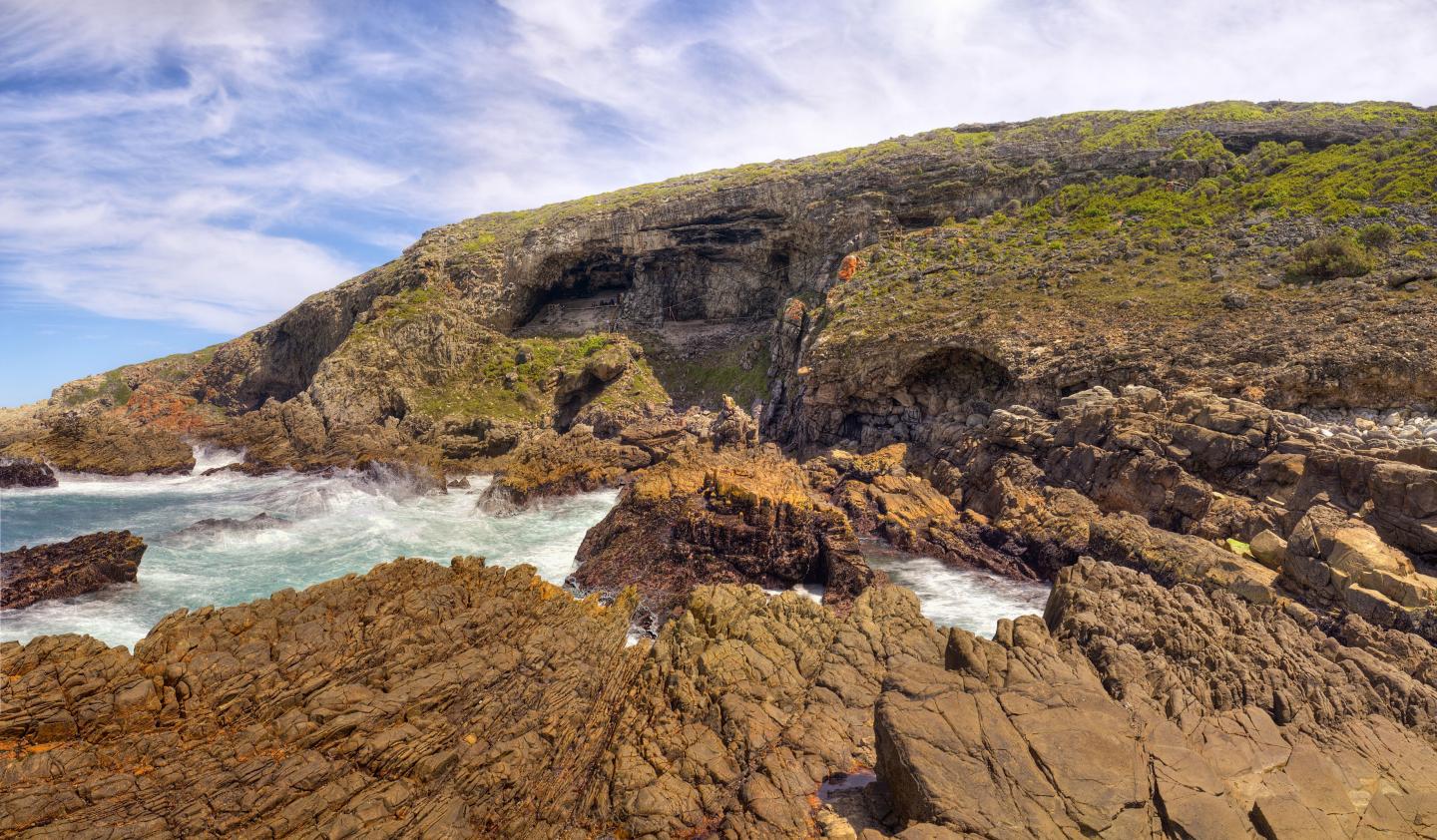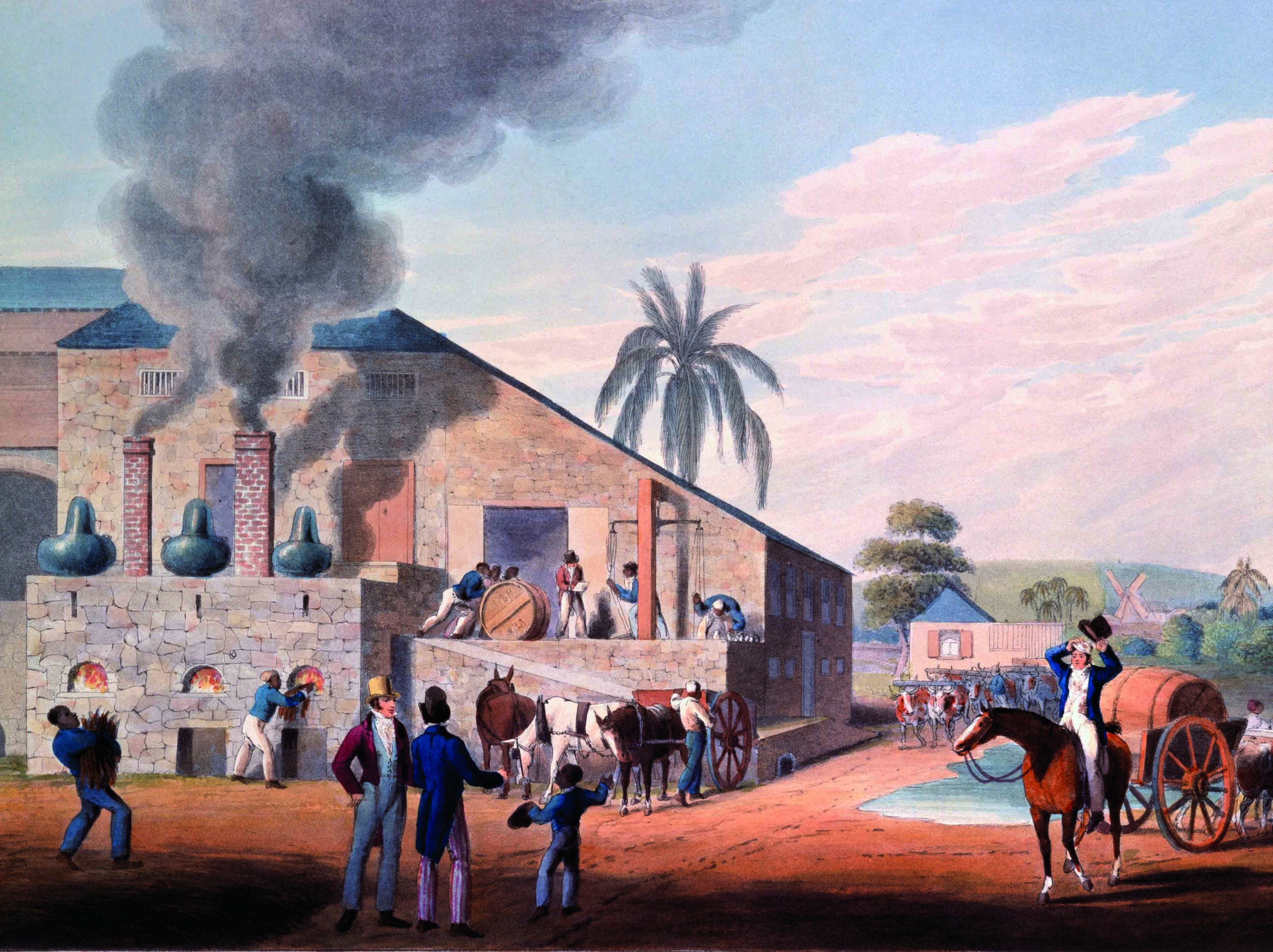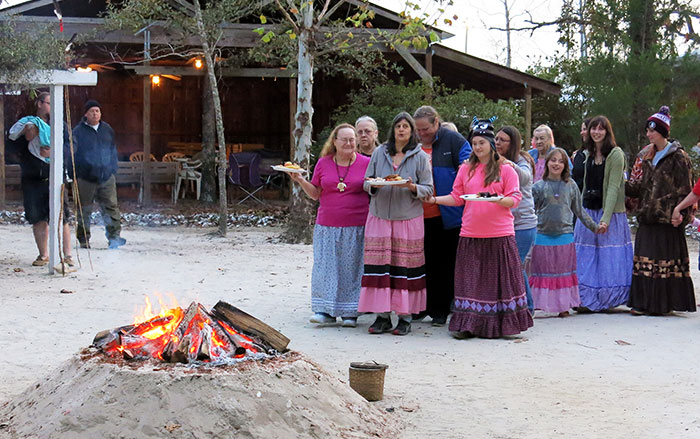
OXFORD, ENGLAND—Did climate instability in southern Africa inspire the technological advances of the Middle Stone Age? A team led by Patrick Roberts of the University of Oxford analyzed the stable carbon and oxygen isotopes in ostrich eggshells, animal remains, and shellfish to learn about environmental conditions at Blombos Cave, occupied between 98,000 and 73,000 years ago, and Klipdrift Shelter, occupied between 72,000 and 59,000 years ago. The scientists found that changes in the environment, including changes in vegetation, aridity, rainfall seasonality, and sea temperature, may not have been directly linked with cultural advances, such as the use of bone tools, ochre production, and personal ornamentation, at these two sites. “This suggests that we have to consider that other factors drove human innovation at this stage in our species’ evolution,” Roberts said in a report by the International Business Times. For more on archaeology in South Africa, go to "The First Spears."











